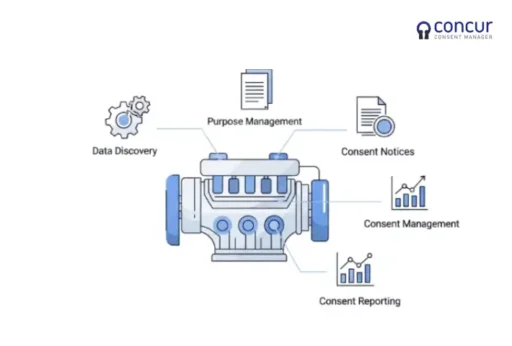With the Digital Personal Data Protection Act (DPDPA), 2023 moving closer to implementation, organizations are now focused on operationalizing granular consent management. Consent is not just a checkbox, it’s the foundation of data processing legitimacy.
Yet, compliance isn’t achieved simply by collecting consent once. It demands a structured, auditable, and purpose-driven system. Below are the five essential tools every organization needs to ensure DPDPA-compliant consent management.
1. Data Discovery (Know What You Collect)
Before you can collect consent, you must know what personal data (PII) you hold.
Data discovery tools help identify, classify, and map personal data across systems, APIs, and storage locations.
However, not every organization needs to purchase a complex discovery suite. If your data operations are mature, you can collaborate with your data, engineering, or product teams to determine which data points qualify as PII and how they flow through your ecosystem.
Bottom line: You cannot collect valid consent for data you can’t identify. Data discovery is the first step toward accountability.
2. Purpose Management (The Brain of Consent Strategy)
DPDPA requires granular, purpose-specific consent.
But when an organization has multiple customer journeys and numerous business objectives, defining purposes manually becomes chaotic.
A Purpose Management System (PMS) helps structure, categorize, and govern all business purposes tied to data processing. It allows teams to:
- Define clear purposes aligned to business goals.
- Map data categories to specific purposes.
- Plan, audit, and update purposes systematically.
Bottom line: A strong Purpose Management framework prevents overlap, ensures clarity, and optimizes consent collection efficiency.
3. Consent Notices (Design Them for Real Journeys)
Drafting a consent notice might sound simple, until you realize each customer journey (signup, purchase, marketing opt-in, etc.) requires a unique version.
Using one generic consent notice across all journeys will backfire. It reduces acceptance rates, creates confusion, and weakens trust.
A Notice Management Tool ensures every consent notice is tailored to context — dynamically adjusting content, language, and design based on user flow.
Bottom line: Personalized, contextual consent notices improve transparency and increase user acceptance rates.
4. Consent Management (Governance Beyond Collection)
Once consents are collected, your responsibility doesn’t end.
You must govern, validate, and track them across data processing activities — both internally and with external data processors. A robust Consent Management Platform (CMP) should support:
- Real-time consent validation before processing.
- APIs to synchronize consent states across systems.
- Audit trails for every consent transaction.
- Expiry, withdrawal, and modification workflows.
Bottom line: Consent management ensures the organization only uses data within the legal boundaries defined by user consent.
5. Consent Reporting (Proving Compliance)
Under DPDPA, it’s not enough to say you’re compliant, you must prove it. That’s where Consent Reporting Tools come in.
A consent report should include:
- Consent provenance (how, when, and where consent was obtained).
- Status and version control of notices.
- Withdrawal and modification logs.
- Legal-ready reporting for audits and board submissions.
Reports like a Consent Provenance Report can serve as a compliance artifact similar to a Bank Nodal Statement (BNS), proving governance maturity during regulatory reviews.
Bottom line: Reporting transforms your consent operations from reactive to proactive — enabling analytics, compliance audits, and internal transparency.
Bonus: Adapting Tools to Business Realities
Every organization’s consent landscape is unique. Some may rely on legacy consent collection systems, while others may experiment with progressive consent, notification-based integration, or federated management models.
The key is to translate compliance needs into product features without compromising user experience or business goals. To do this effectively, it’s wise to engage with data protection consultants or subject matter experts who can help design a roadmap tailored to your architecture and compliance maturity.
The path to DPDPA compliance isn’t about checking legal boxes, it’s about building trust.
By investing in these five foundational tools Data Discovery, Purpose Management, Consent Notices, Consent Management, and Consent Reporting; organizations can operationalize consent effectively, maintain transparency, and stay ahead in India’s evolving privacy landscape.






